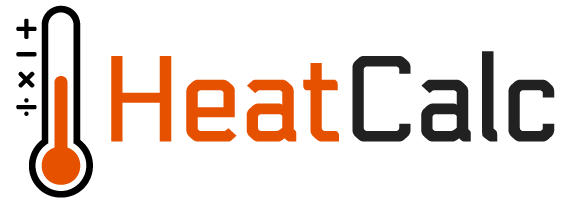Heat is a form of energy that is all around us. There’s heat from the sun (solar thermal) and from the earth (geothermal) but for this post, I want to talk about industrial heat - heat that is a byproduct of manufacturing, refining, smelting, generating electricity, etc. - and its uses.
20-50% of primary energy input to US industrial facilities is lost as heat, which equals 5 to 13 quadrillion Btu per year of unused energy (US DOE) | (EIA). For perspective, that’s somewhere between the entire primary energy consumption of the countries of Turkey and Germany (EIA). For simplicity, let's just say it's equivalent to Italy's 7.2 quadrillion Btu of energy consumed across its entire economy, including planes, trains, automobiles, power generation, and industrial consumption.
While some waste heat losses are inevitable and unavoidable, much of this heat can be captured and used. Many facilities around the world can increase their overall efficiency by installing waste heat recovery technologies. Once the heat is recovered, there are 3 primary options for putting it to more efficient use:
1. For heating (e.g. fuel pre-heating, space heating nearby buildings, heating water for purification, etc.)
2. For cooling (e.g. air conditioning or refrigeration with absorption chillers)
3. For generating electricity (e.g. rankine cycle, organic rankine cycle, and thermoelectrics all generate electricity from heat)
Recovered heat is an emission free substitute for costly purchased fuels or electricity. As such, heat utilization can reduce the operating costs and carbon footprint of a business simultaneously.
In a study commissioned by the World Bank, the International Finance Corporation estimates that “Waste Heat Recovery (WHR) can reduce the operating costs and improve EBITDA margins of cement factories by about 10 to 15 percent.” The report goes on to mention that waste heat recovery also “improves plant competitive position in the market”. (IFC)
So, waste heat utilization can deliver bottom line benefits to the industrial sector and improve competitiveness. It helps governments meet efficiency or clean power standards. Local jobs are created with the installation and operation of the equipment. And, because the energy is both produced and consumed on site or nearby, it’s a distributed energy resource that can reduce peak loads and strain on the grid.
So why aren’t more heat utilization projects occurring? Many are. There are CHP (combined heat and power) projects on hospitals and university campuses. Absorption chillers provide cooling at malls and food storage facilities. Heat to power projects generate electricity at cement plants and small wood stoves charge cell phones in remote villages.
But there could be more.
Industrial heat comes from engines, boilers, kilns, furnaces, turbines, flares, incinerators, ovens, etc. and each source has a different heat content, which affects what you can do with it.
Estimating the quantity of heat in your heat source used to be a bit like estimating solar output on a home’s roof: it required getting in touch with a solar manufacturer or an engineer in the industry to crunch the numbers. Today, you can plug in your address to a site like NREL's and get an instant solar output estimate.
With HeatCalc, we hope to do for waste heat what the solar industry has done for estimating home solar: automating estimates and maximizing knowledge sharing. I have worked in the heat to power industry for the last 5 years and run thousands of heat calculations for customers, all manually. Recently, a former colleague of mine and I created a new waste heat calculator and put it on this site to give instant, automated feedback on a heat source. The site also includes useful information on heat utilization, technologies, and industry news.
HeatCalc is in the early stages, so we welcome your thoughts on how we can improve it to enable more heat utilization projects worldwide.
John



